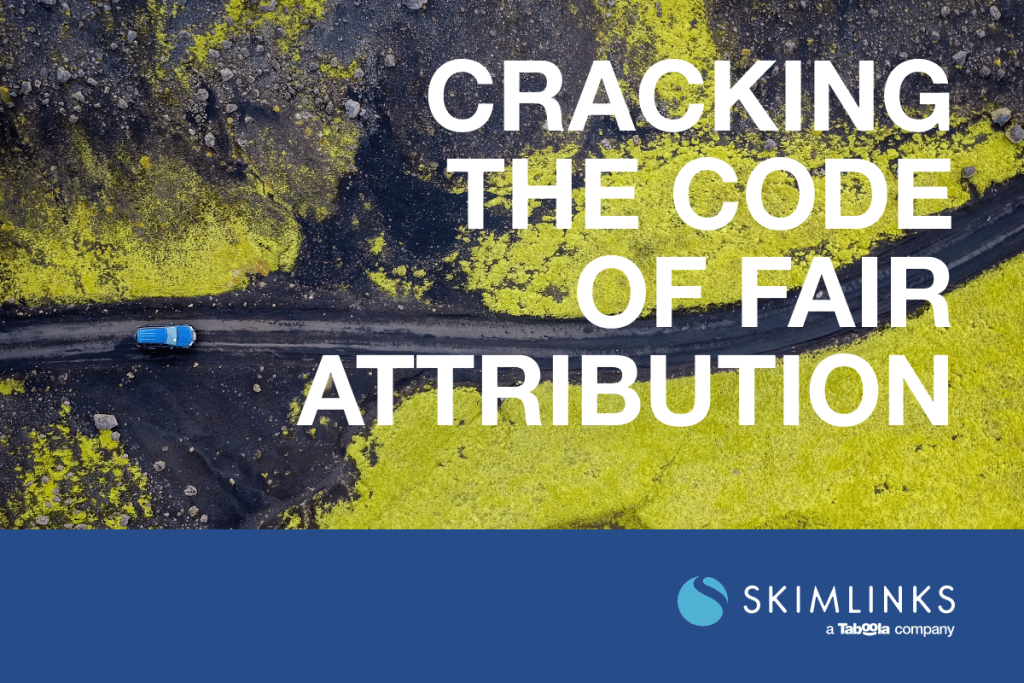Here’s some cool facts you may not know about Black Friday and Cyber Monday.
- “Black Friday” was first used to describe the post-Thanksgiving shopping frenzy in the 1960s by newspapers in Philadelphia. At the time, the newspapers felt the massive crowds in stores and insanity in the aisles were comparable to the original “Black Friday”: a stock-market panic that followed the collapse of the price of gold on September 24, 1864.
- Cyber Monday on the other hand was a pure marketing term coined in 2005. “Cyber Monday” was designed to encourage a digital counterpart to the physical shopping frenzy Black Friday. It has rapidly become the biggest e-commerce event in the US. A record-breaking $12.4 billion was spent last year. Globally, the event has also seen huge growth, with 73.1 million people shopping online (NFR 2023).
- The traditional distinction between the two was that Black Friday was a physical event and Cyber Monday was digital. However, things have changed and Black Friday has rapidly become an e-commerce event in its own right: Online sales jumped by 9% YoY to over $16.4 billion last year (per Salesforce).
- Black Friday is no longer a day but a month-long phenomenon. Overall performance in the Skimlinks network for Cyber Weekend 2023 saw year-on-year uplifts in key metrics including traffic (+6%), average order value (+12%), publisher commission (+29%) and earnings-per-click (EPC) (+22%) as it continues to grow worldwide. However, sales and traffic both peaked on 25 November 2023 (Saturday of Black Friday Weekend), whilst only marginally higher than Black Friday itself, it really echoes the sentiment of a prolonged period of shopping as opposed to the historic 24-hour frenzy
- In 2023 holiday spending grew 5% YoY. That made 2023 another consecutive year of growth. Cyber Week global sales also increased 6% YoY, hitting $298 billion in 2023. Mobile devices made up 54% of online sales and remain the favored option for consumers making online purchases, surpassing revenue generated from desktop shopping. On Black Friday, online sales via mobile devices increased by 10.4% compared to the previous year.
- Long gone are the days of BFCM being a US centric tradition. Black Friday and Cyber Monday are fast becoming a global event. Last year, Black Friday online sales grew 8% year-over-year (YoY) to $70.9 billion globally in 2023.
Black Friday 2024 takes place on November 29 this year. If you’re a publisher that would like to get rewarded for content you write about products this year, you can sign up for Skimlinks and start a conversation about how to monetize your content to seize the season now!


